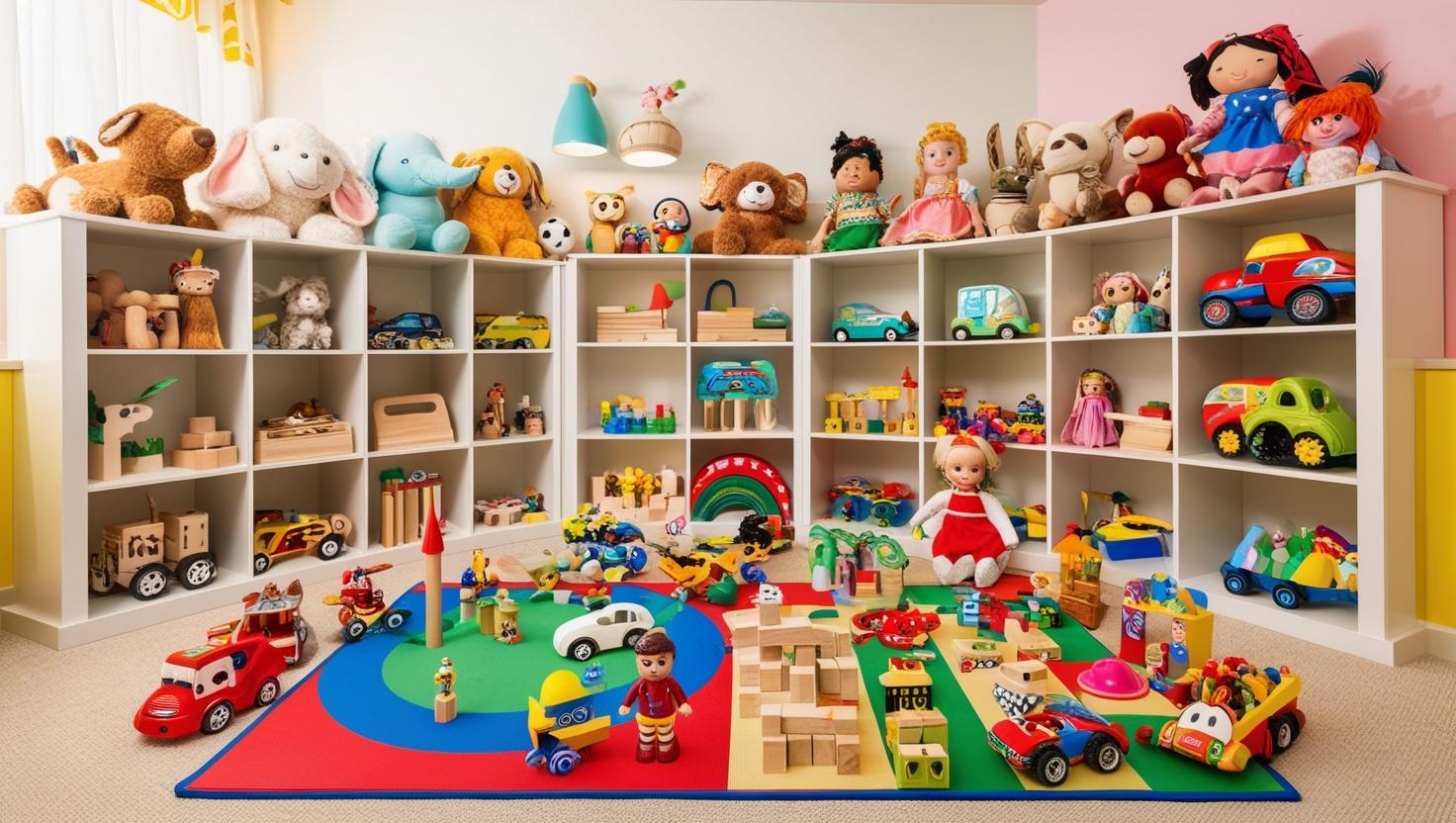You don’t need a big budget to inspire big ideas. Many parents overlook one of the best STEM resources available—the local dollar store. With a little creativity, simple and inexpensive items can become hands-on tools for science, math, engineering, and problem-solving fun.
Here are some of the best dollar store finds to turn into powerful STEM learning tools:
- Measuring Cups and Spoons
Perfect for teaching early math and basic chemistry concepts. Kids can measure, pour, and compare different materials while exploring volume and fractions. - Plastic Bins and Containers
Great for organizing small parts or creating water-based science experiments. Use them for sink-or-float challenges, sensory bins, or sorting tasks. - Building Blocks or Jenga Sets
These can easily become engineering tools. Encourage your child to design towers, bridges, or balance structures using simple stacking principles. - Magnifying Glasses
A simple magnifier opens the door to observation-based science. Explore textures, insects, leaves, or everyday objects up close. - Plastic Straws and Pipe Cleaners
Use them to build geometric shapes, mini bridges, or 3D models. These low-cost materials encourage structural creativity and spatial reasoning. - Balloons
Perfect for physics activities—build balloon-powered cars or rockets and explore air pressure, propulsion, and kinetic energy. - Craft Sticks (Popsicle Sticks)
A must-have for countless STEM projects. Combine them with glue or rubber bands to create catapults, rafts, or mini towers. - Marbles and Toy Cars
Great for experiments involving motion, gravity, and ramps. Kids can test friction and speed by racing cars on different surfaces. - Plastic Cups and Paper Plates
Use them for balance towers, stacking challenges, or simple experiments in stability and weight distribution. - Batteries and LED Tea Lights
Many dollar stores carry small electronics. Combine them with wires or foil to introduce basic circuits and electricity experiments.
Bonus Tip: Create a small “STEM kit” box using only dollar store items—fill it with these tools and keep it ready for spontaneous learning moments at home.
With just a few dollars, you can open up endless opportunities for curiosity, experimentation, and critical thinking—proof that great STEM learning doesn’t need an expensive price tag.




